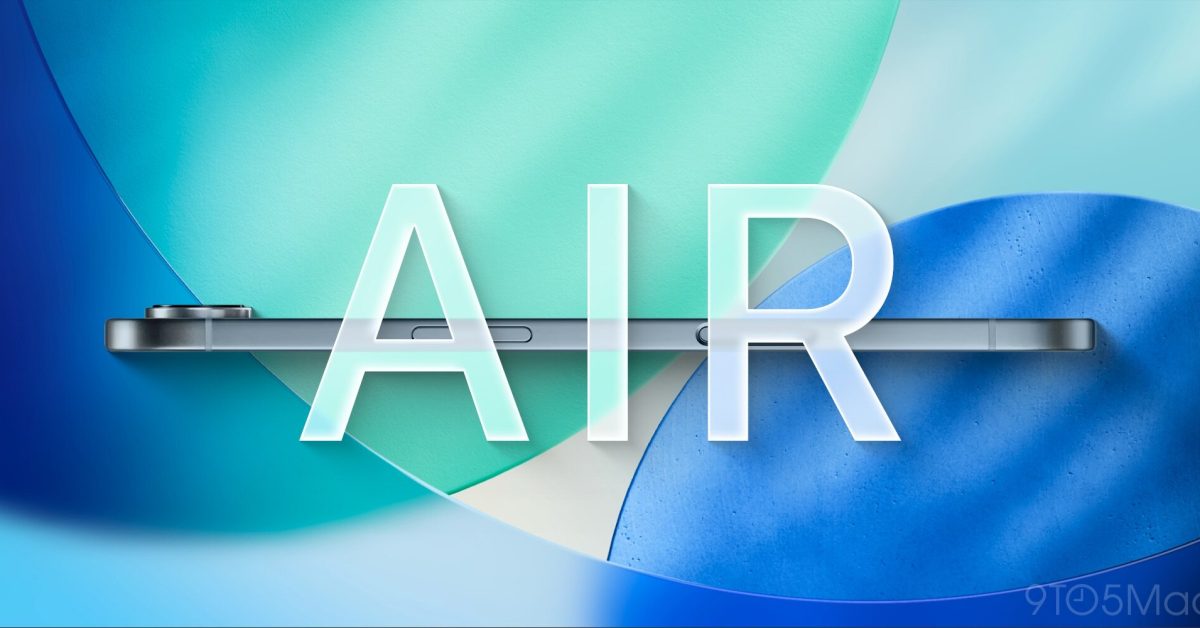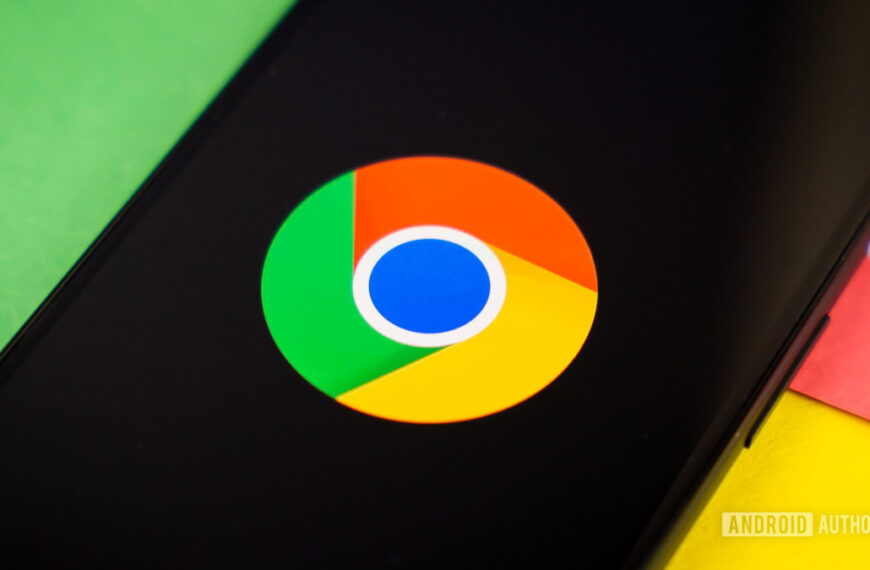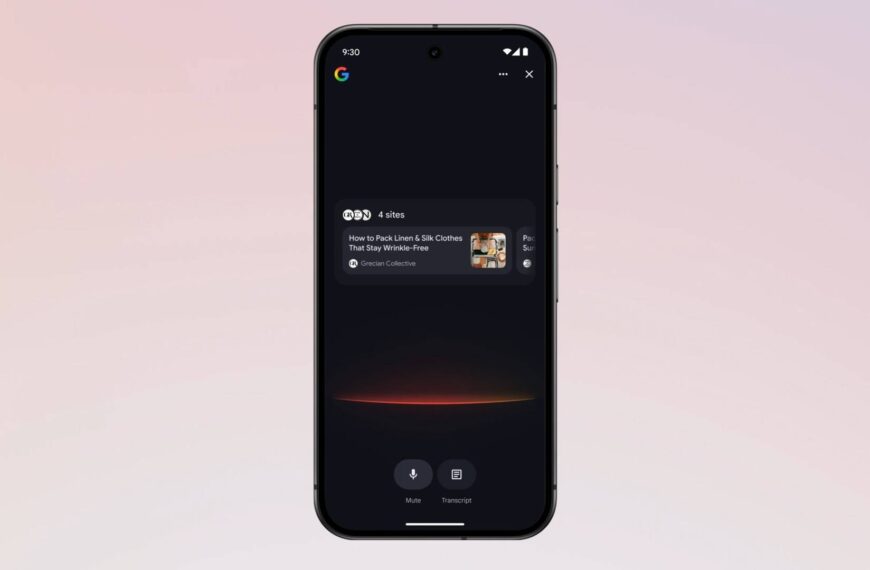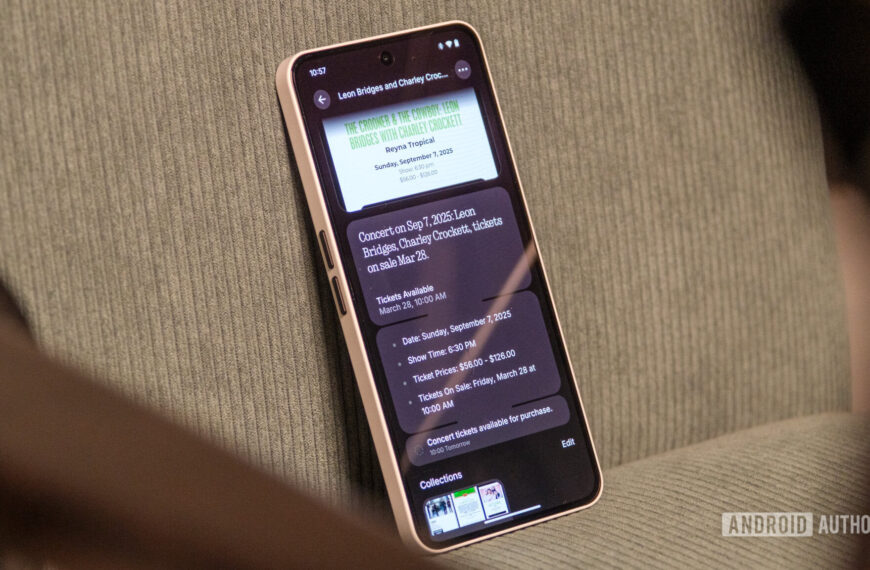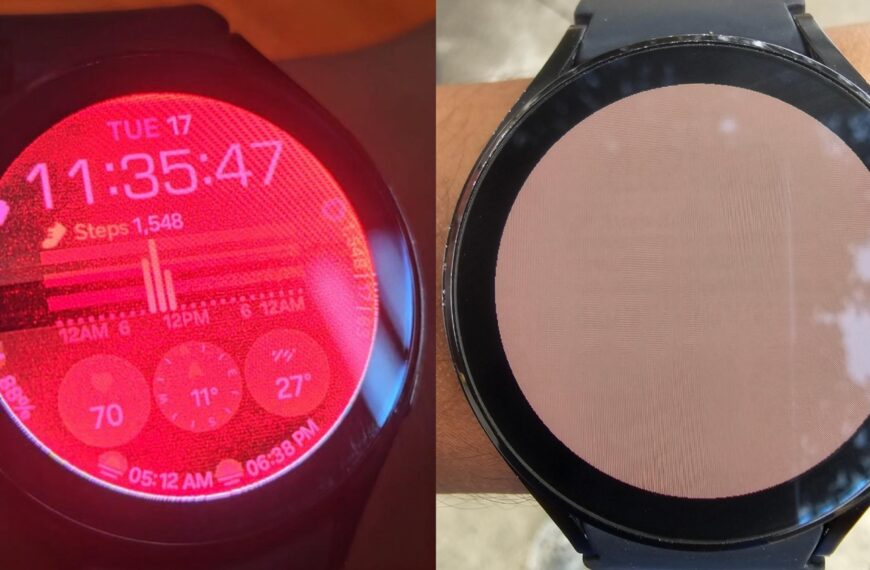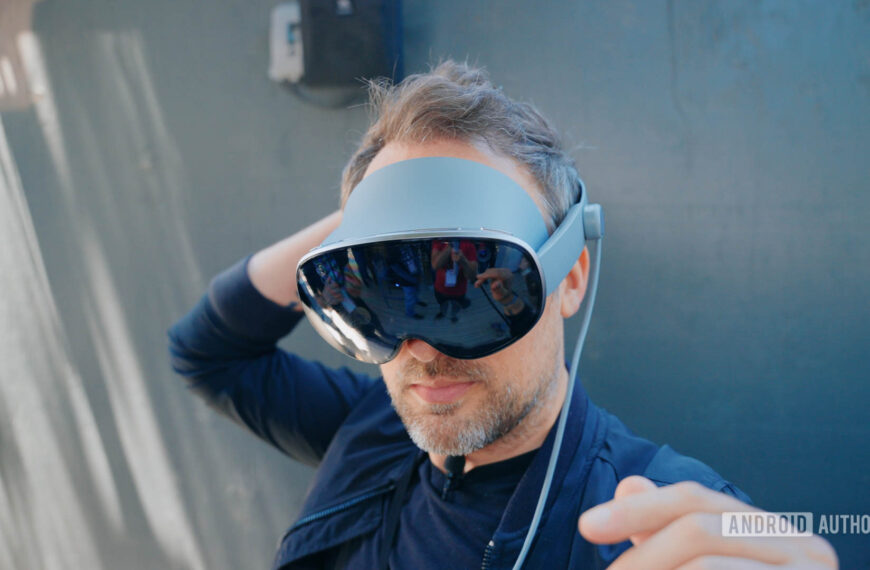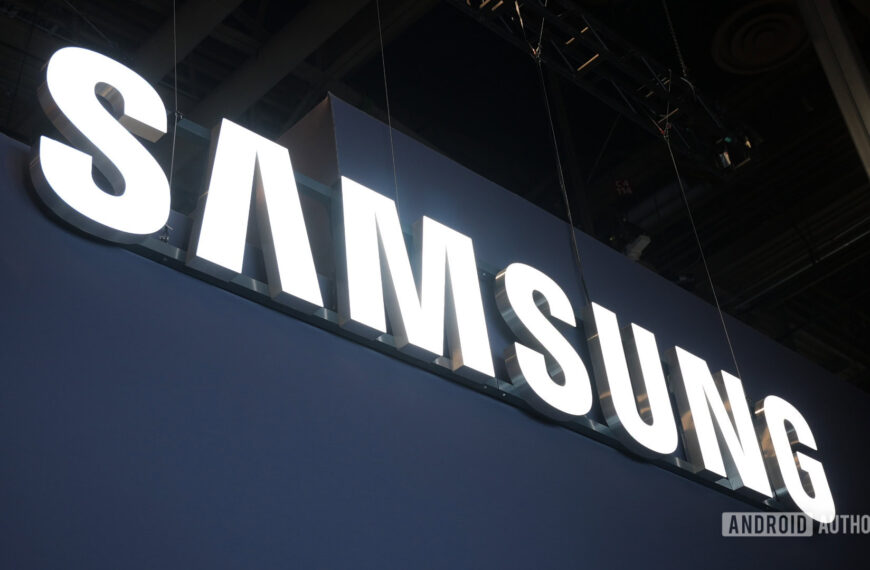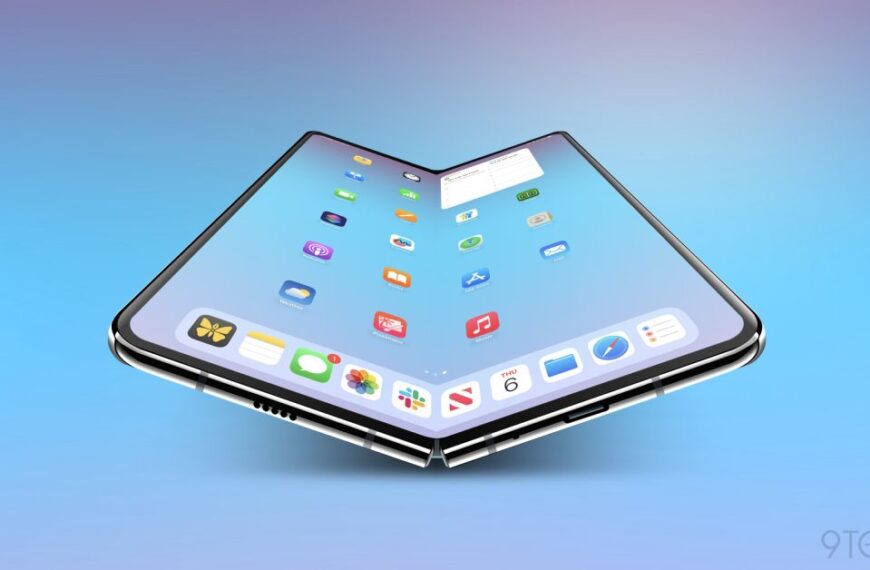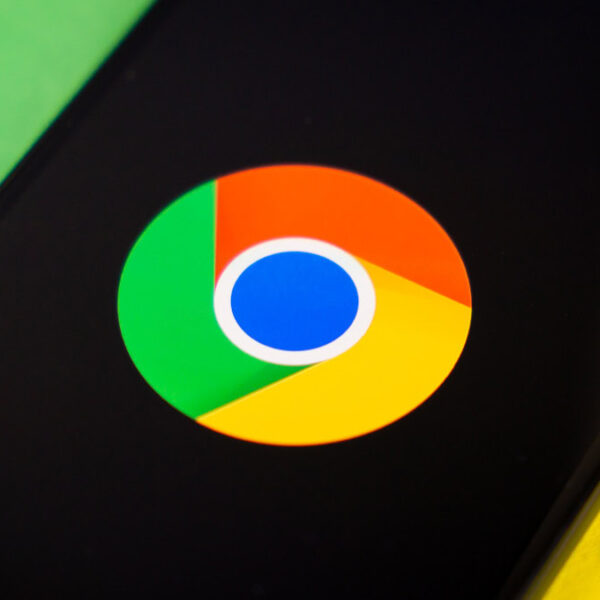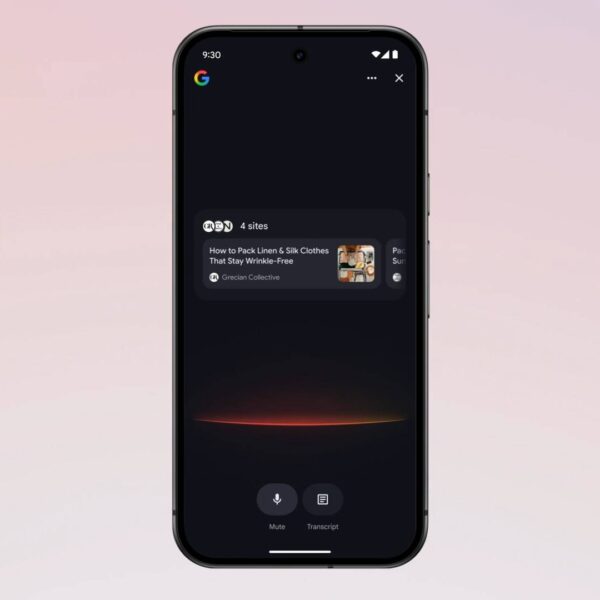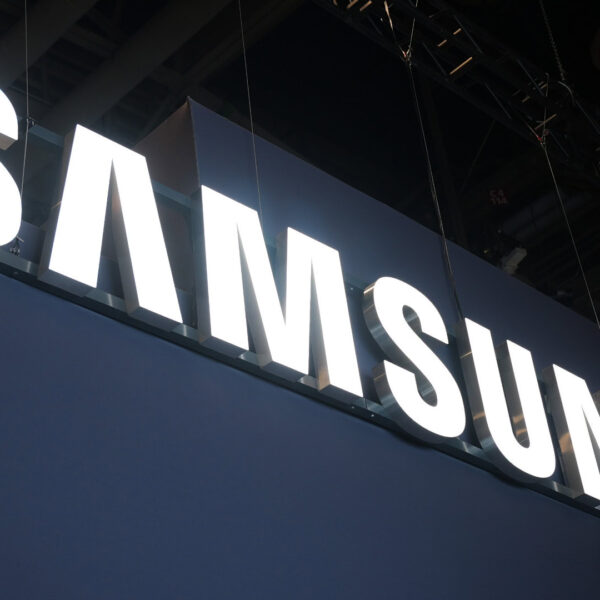
One of the likely challenges of the upcoming iPhone 17 Air is battery life. Indeed, Apple’s own tests reportedly show that a lot of us wouldn’t make it through the day with the ultra-slim model.
The company may have a fix for that in the works, in the form of a new power-efficient display upgrade. But Apple isn’t expected to incorporate the new tech before 2027 at the earliest …
The iPhone 17 Air is set to be the slimmest iPhone Apple has ever made, but it’s going to come with some significant compromises, including just a single camera and reduced battery-life. The issue concerns Apple enough that it’s said to be planning the return of the Smart Battery Case for the model.
There is a new form of OLED display tech that requires less power to operate, extending battery life. Apple currently uses this in the Apple Watch Series 10, but the tech is tricky and expensive to scale up to larger screens.
TheElec reports that Apple is in discussion with its display suppliers to determine whether or not to bring the new tech to the iPhone in 2027. The report speculates that cost considerations mean it may be brought only to one model, and the iPhone Air would be the logical contender.
It was found on the 17th that Apple is reviewing a plan to apply a new low-temperature polycrystalline oxide (LTPO) thin-film transistor (TFT) organic light-emitting diode (OLED) to the iPhone series to be released in 2027 at the earliest. The core of the new LTPO OLED is whether to apply oxide (oxide) to the driving TFT. If the proportion of oxide increases, it can reduce power consumption.
The language is rather dense, so bears a little explanation.
All current iPhones use a form of OLED known as LTPO TFT. Oxide is applied to some of the transistors, but not all, and that’s expected to remain the case this year and next. If oxide is applied to all the transistors, this will significantly reduce power consumption. However, doing that requires more complex manufacturing and hence is more expensive.
iPhone displays are made by Samsung and LG, and both companies would have to upgrade their production lines to accommodate the move, so they need Apple to make a decision – which is expected to be made later this year.
If the two panel companies want to mass-produce the new LTPO OLED in 2027, they must bring in some equipment necessary to add the TFT process. The scale of complementary investment of the two panel companies will be affected by the change in TFT specifications determined by Apple […] The decision is expected to be in the third quarter.
Highlighted accessories
Render: Michael Bower/9to5Mac
FTC: We use income earning auto affiliate links. More.

